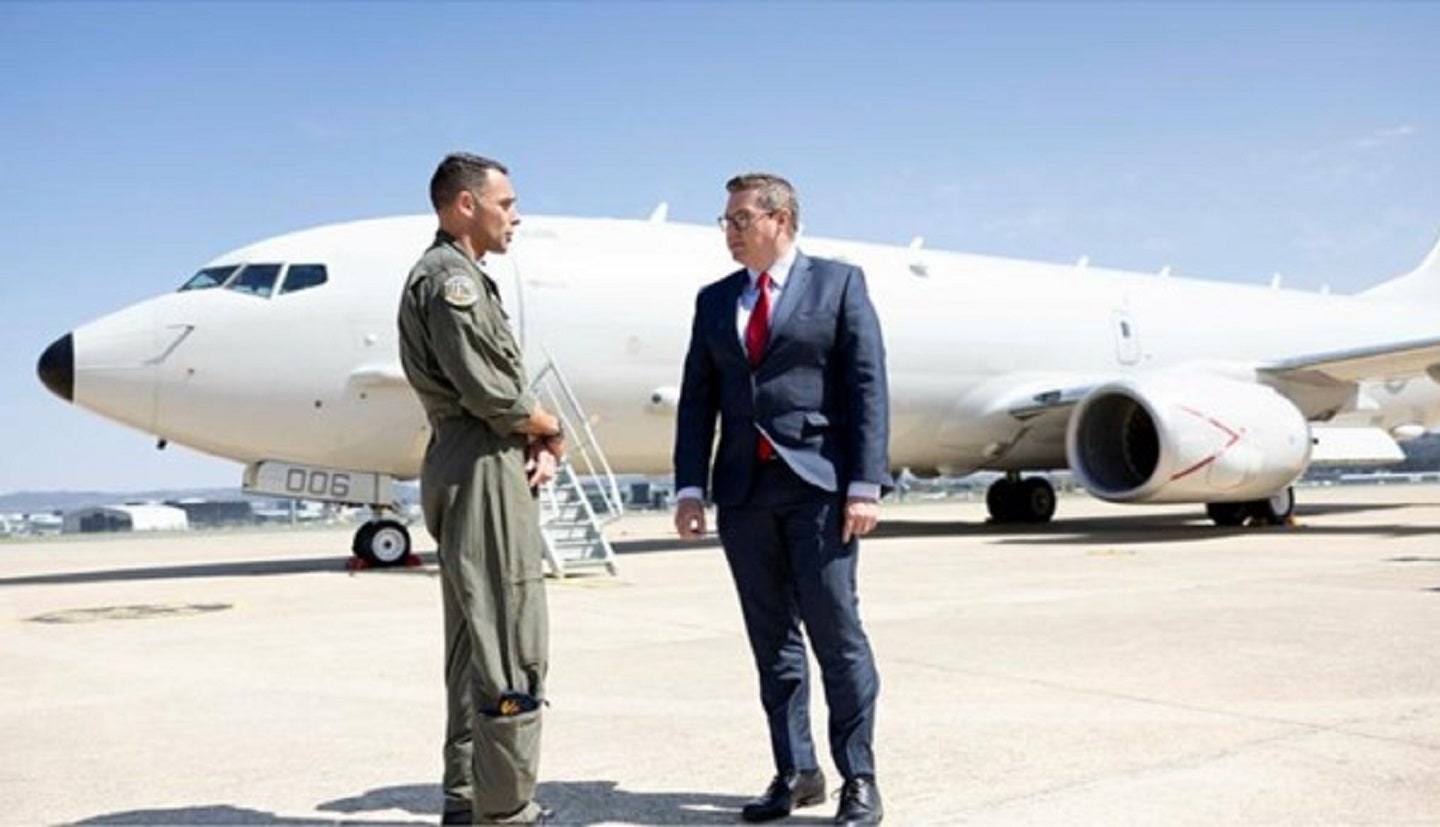
The Australian government has announced it will purchase its fourth MQ-4C Triton Unmanned Aerial System (UAS) and upgrade its fleet of P-8A maritime patrol aircraft in a deal collectively worth A$1.5bn ($968.5m).
A complementary duo across air and sea, the Triton UAS and P-8A patrol aircraft provide command, control, communications, computers, intelligence, surveillance and reconnaissance, search and rescue, and maritime strike capabilities.
In 2018, the Australian Defence Force (ADF) became a co-operative partner with the US Navy as both nations agreed to acquire MQ-4Cs to complement their respective P-8 fleets. In 2020, the ADF agreed to purchase three additional Triton systems while the US aims to procure 68 units.
When in service, the Triton will be based at RAAF Base Tindal, Northern Territory, and operated by the Royal Australian Air Force’s newly reformed 9 Squadron, located at RAAF Base Edinburgh in South Australia.
The original equipment manufacturer of the Triton, Northrop Grumman, will deliver the system, including the relevant ground and support systems, to Australia in 2024.
Australia will upgrade its 14 P-8A Poseidons, delivering enhancements to anti-submarine warfare, maritime strike and intelligence collection capabilities.
The ADF will upgrade the first Poseidon units in 2026, completing the final aircraft in 2030.
Triton and P-8A as strategic assets in a contested region
Australia operates in an increasingly volatile and contested Indo-Pacific region – a future theatre of war where today’s multipolar giants, the US and China, are expected to go head-to-head.
Australia’s defence industry minister Pat Conroy explained that the purchase of an additional Triton will enhance operations from Australia’s northern bases, a priority under the Defence Strategic Review.
Meanwhile, Conroy added that “The upgrades to the fleet of Poseidon aircraft strengthens our ability to secure and protect Australia’s maritime interests.”
Looking northward, toward the contested area, Australia’s aerial assets provide critical ISR capabilities for a vast maritime expanse, where situational awareness is difficult and therefore prized. If Australia attempts to support the US and its regional allies in curtailing China’s infringement of exclusive economic zones, information superiority will be key.



